
Central Asian Angel
- Customer Type
- …
- Customer Type
Central Asian Angel
- Customer Type
- …
- Customer Type
Add-on treatments
Assisted reproductive testing
Assisted reproductive testing content
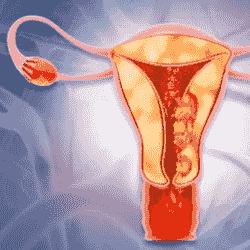
Endometrial and ovarian rejuvenation
- The benefits of Platelet-Rich Plasma (PRP) are well-known. It has been used for years now in the treatment of sports injuries. It has even been utilised for hair loss, anti-ageing skincare, and arthritis.
- The plasma is taken from the patient’s own blood, then the PRP, which is rich in natural growth factors, is injected back into the body at the site of the injury. This stimulates growth and repair tissues in the body, speeding up regeneration, healing, and reducing inflammation.
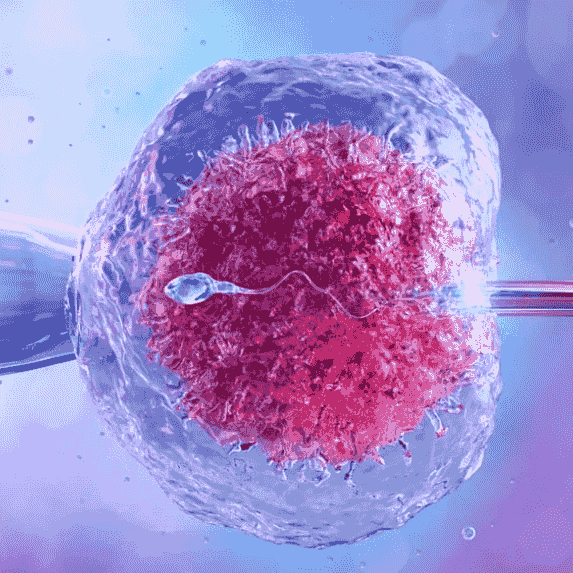
PICSI
- If you are undergoing IVF treatment, your consultant will have spoken to you about Physiological Intracytoplasmic Sperm Injection (PICSI). PICSI is a method of selecting the best possible sperm for fertilisation before injection into the egg in the IVF protocol. Sperm are placed in the PICSI dish containing samples of hyaluronan (a naturally occurring biopolymer found in all human cells) hydrogel. Sperm are selected according to how well they bind to the hyaluronan around an egg cell. Mature, biochemically competent sperm bind are then isolated by the embryologist and used for ICSI.
- The selected sperm is essentially the same as one that would be successful in the natural reproductive process. The more mature a sperm cell, the more able it is to bind to hyaluronic acid, meaning that it is better suited to fertilising the egg.
- PICSI is highly recommended in these particular cases:
- Previous failure or low fertilisation even after ICSI.
- Low embryo quality or their failure to develop (not related to poor egg quality).
- Repeated miscarriages.
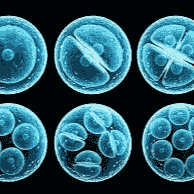
Time lapse imaging (Embryoscope)
- Normally five to six images are taken of the embryos to assess their progress – but with the embryoscope we can capture over 5,000 images and a video recording, for an even more precise assessment of the embryos to choose from.
- The embryoscope is an incubator designed to recreate the conditions needed to support an embryo in a laboratory setting. It has a built-in microscope and camera that observes the embryos and takes pictures of each embryo every 10-20 minutes (Time Lapse Imaging). By reviewing these pictures and the video recording, we are able to closely monitor the progress of the embryos – which allows us to select the strongest ones to be implanted.
- Usually in IVF/ICSI, the embryos are taken out from the incubator on a daily basis so that their progress can be checked. This might expose the embryos to suboptimal conditions, particularly in terms of temperature. However, using the embryoscope means that the embryos are checked undisturbed in the same optimal environment for five days.
- A recent study showed a correlation between assessing the embryos via Time Lapse Imaging and chromosomal integrity of the embryos. Choosing the embryos of low risk chromosomal abnormality improved the pregnancy rate by 56%. However, this is a preliminary small study and the conclusion needs to be confirmed in bigger prospective studies.
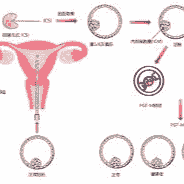
PGT-A & PGT-M
Pre-implantation Genetic Screening (PGS/PGT-A) What is it?
- Pre-implantation genetic screening (PGS) involves detection of any numerical chromosome abnormalities in the embryo before its transfer to the uterus during an IVF/ICSI treatment.
- What does it do?: This process avoids the transfer of abnormal embryos to the womb. Chromosome abnormalities can cause failure of embryos to implant (causing repeated unsuccessful cycles of IVF) and recurrent miscarriage.
- There have been recent enhancements to this technique which have made possible the screening of all 23 pairs of chromosomes within an embryo.
- Please note: Any patients undergoing PGS (PGT-A) will be provided with this PGT-A Patient Information Leaflet and this PGT-A Consent Form. Please refer to these for further information.
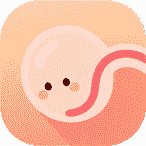
IVF
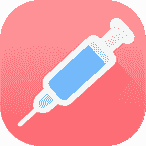
ICSI
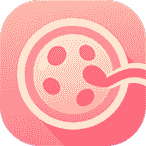
IUI
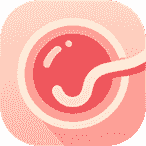
Egg donation

Egg freezing

Sperm freezing
How is it Done?
IVF is a series of procedures to assist in conception. Here, is an easy to understand breakdown of IVF steps:
1Ovarian Stimulation
The female partner starts hormone treatment. Medications like follicle stimulating hormone (FSH) and luteinizing hormone (LH) are administered to stimulate the ovaries to produce multiple eggs. Blood tests and ultrasounds are used to monitor the follicles.
2Egg Retrieval
Once follicles are of appropriate size, a trigger shot is administered to mature the eggs. Eggs are retrieved from ovaries through a minimally invasive procedure guided by ultrasound.
3Fertilisation
Eggs are combined with prepared sperm in a laboratory dish to allow fertilisation. Sometimes, ICSI is used to inject a single sperm directly into an egg.
4Embryo Development
Fertilised eggs develop into embryos under carefully controlled conditions in the lab over 3-5 days.
5Embryo Transfer
The best quality embryo(s) are selected for transfer into the uterus via a thin catheter, guided by ultrasound. Hormonal support is given to prepare the uterine lining for implantation.
6Pregnancy
Successful embryo implantation may lead to pregnancy. Pregnancy tests are performed approximately 10-14 days after embryo transfer to confirm implantation.
Book Your Consultation Today
Choose a convenient date and time for your appointment
AllSurrogacy Options ServicesIn Vitro Fertilization ServicesEgg Donation Services
Easy Online Booking
Our consultation booking system allows you to schedule appointments at your convenience. Simply fill out the form, and our team will reach out to confirm your appointment time and provide any necessary information.Select date and time
Event time zone:Asia/Shanghai GMT+08:00Book NowContact Us
We’re here to assist you on your journey to parenthood.

WhatsAPP

WeChatApp














